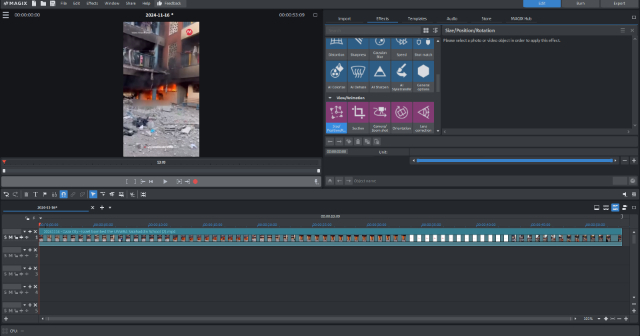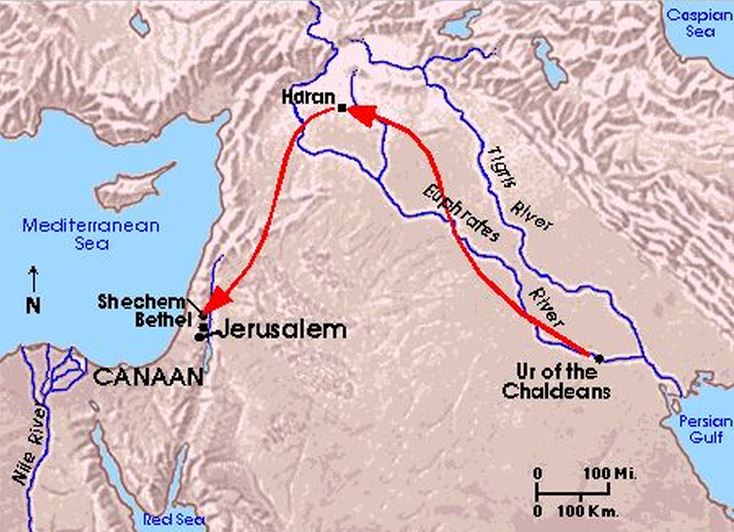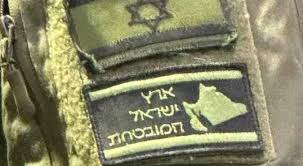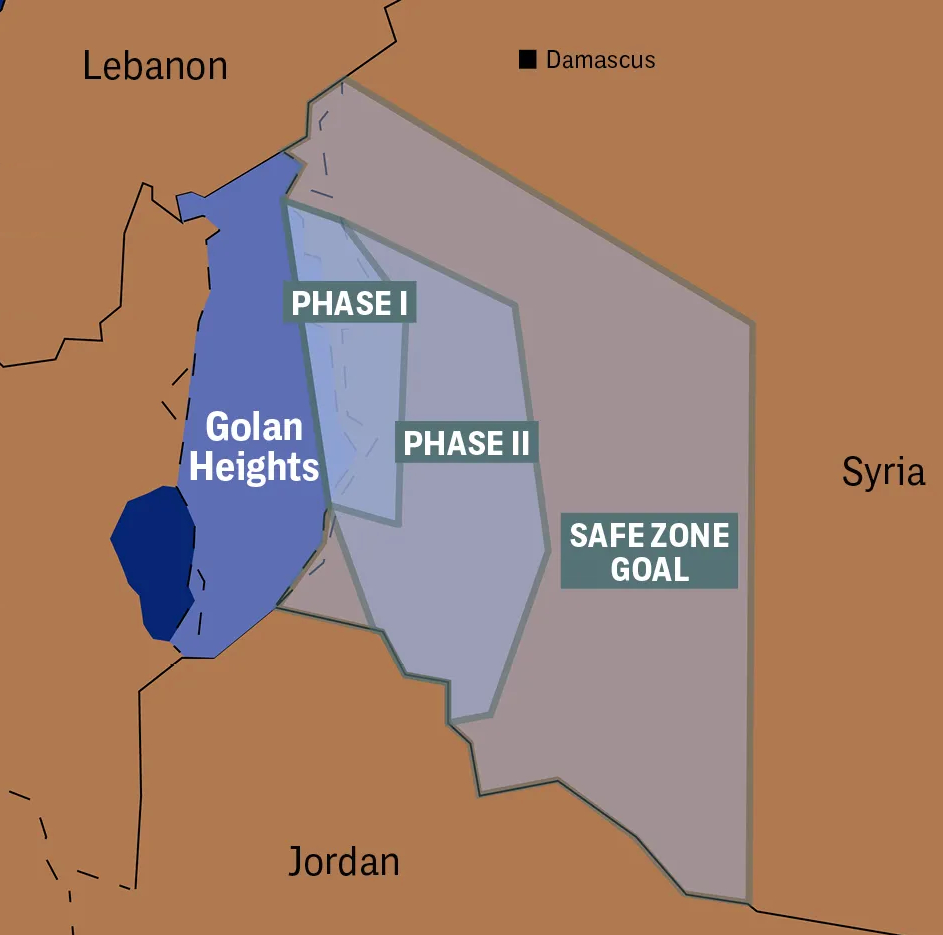|
Welcome to the Middle East Documentation Project
Like in (some) other project websites, let us begin (again) with something that everyone knows ..or maybe not everyone as current generations did not grow up in an era when there was no video but celluloid. And even then, when there were videos (VHS and Betamax), there was no YouTube, Dailymotion, Vimeo, TikTok, or Instagram. The first Internet video hosting site was ShareYourWorld.com, founded in 1997.
There are many definitions of history. However, the most simple way to explain it is to use the pictured images. A celluloid film consists of a series of frames. Each frame is part of a scene, which, in turn, may be part of a series of scenes. They all together form what is called a sequence. So, a movie is built up by a series of sequences. If you watch the whole film, you will see a chronology of frames, scenes, and sequences. In today's video technology, you don't need to stretch the movie. It's already done while you load it in a video editor. Visualizing history is similar to this, meaning that you can imagine history as a complete movie unless you cut it into pieces to remove frames, scenes, or even a whole sequence that you don't want people to watch. Like every movie, any event must have a beginning, as nothing happens in a vacuum. There is always a main cause or root, which always lies in the very past. And so it is about many issues in the Middle East.
|
|
The Middle East Documentation concerns all countries in the region but currently contains videos, photos, documents, news reports, and maps about:
The entire archive contains more than 19.000 files and is, therefore, too large. Upgrading the ISP package used is not the solution, as the archive continues to grow. GLOSM is a self-funded project. Technically, it is more than keeping a (huge) website online. In addition to standard costs like your domain and package, the larger the website, the more web space you need, and the higher the monthly fee. There are also extra monthly costs, such as keeping the website secure and protected. Hardware doesn't last a lifetime, and you occasionally have to update, repair, or replace parts. The documentation runs locally for the reasons above. |
|
We look deeper than what is to see, as nothing happens without a past. Let us take a look at this example. The Assad family regime fell in December 2024 after half a century of terror. The regime’s fall was completed within a few weeks after Hayat Tahir al-Sham launched an offensive from Idlib province against forces loyal to the regime on November 28, 2024..
A second motive for the Israelis to refuse to leave Syria – they even show a tendency to expand the occupied southern Syrian territory towards the Euphrates River – was the Iranian presence. This presence was attacked hundreds of times by the Israelis because there is no peace agreement with Syria. Yet, the origins are different. In that same year, the Suez Canal Crisis broke out after the British-French controlled canal was nationalized by the then Egyptian President Gamal Adbel Nassr. The two countries wanted to regain possession of the canal and therefore asked the Israelis for help. In return, France would help the Israelis with the construction of Dimona. This lasted until the French discovered that they were involved in the construction of a reactor for the production of nuclear weapons. It is the Israelis' first nuclear bomb that prompted the international community to come up with a treaty, which we now know as the Nuclear Non-Proliferation Treaty. Iran signed that treaty in 1968, but the Israelis refused despite international pressure. In 2007, Menachem Begin stated, "Be sure that no enemy has a reactor." It is hasbara. In plain words: to ensure being the only nuclear power in the region.
So, the Israeli stance on Syria is no longer because of Iran or Hezbollah. It is because of their messianic desire for a Greater Israel. The Israelis already created Hezbollah when they occupied Southern Lebanon in 1981. The Israelis created Hamas when they occupied Gaza from 1956 to 2005. And now, the Israelis have created the existence of the Islamic Resistance Front in Syria that will fight the partitioning of the south by the.Israelis. |
|
GLOSM stands for Global Studies Monitoring and operates in the field of human research. It monitors, collects, and documents developments forthcoming from effects as a result of interference in the continuation of life and the existence of people. GLOSM runs several projects. |




















 You have to go back to the Biblical period, when Lebanon and Syria were still part of Mesopotamia.
You have to go back to the Biblical period, when Lebanon and Syria were still part of Mesopotamia. The Israeli idea of 'Greater Israel, which reemerged in October 2023, is based on Abraham's journey. It is a religionized motive that partly explains why Israelis refuse to leave Syria. It is nothing more than a similarity to the idea of the ISIL caliphate.
The Israeli idea of 'Greater Israel, which reemerged in October 2023, is based on Abraham's journey. It is a religionized motive that partly explains why Israelis refuse to leave Syria. It is nothing more than a similarity to the idea of the ISIL caliphate. We have all been able to follow how thoroughly the Israelis have been wreaking havoc in Gaza. We have all been able to see this since December 2024 in Syria, where they are busy destroying all Syrian military storage facilities and warning the new rulers in Syria not to set up a national army.
We have all been able to follow how thoroughly the Israelis have been wreaking havoc in Gaza. We have all been able to see this since December 2024 in Syria, where they are busy destroying all Syrian military storage facilities and warning the new rulers in Syria not to set up a national army.